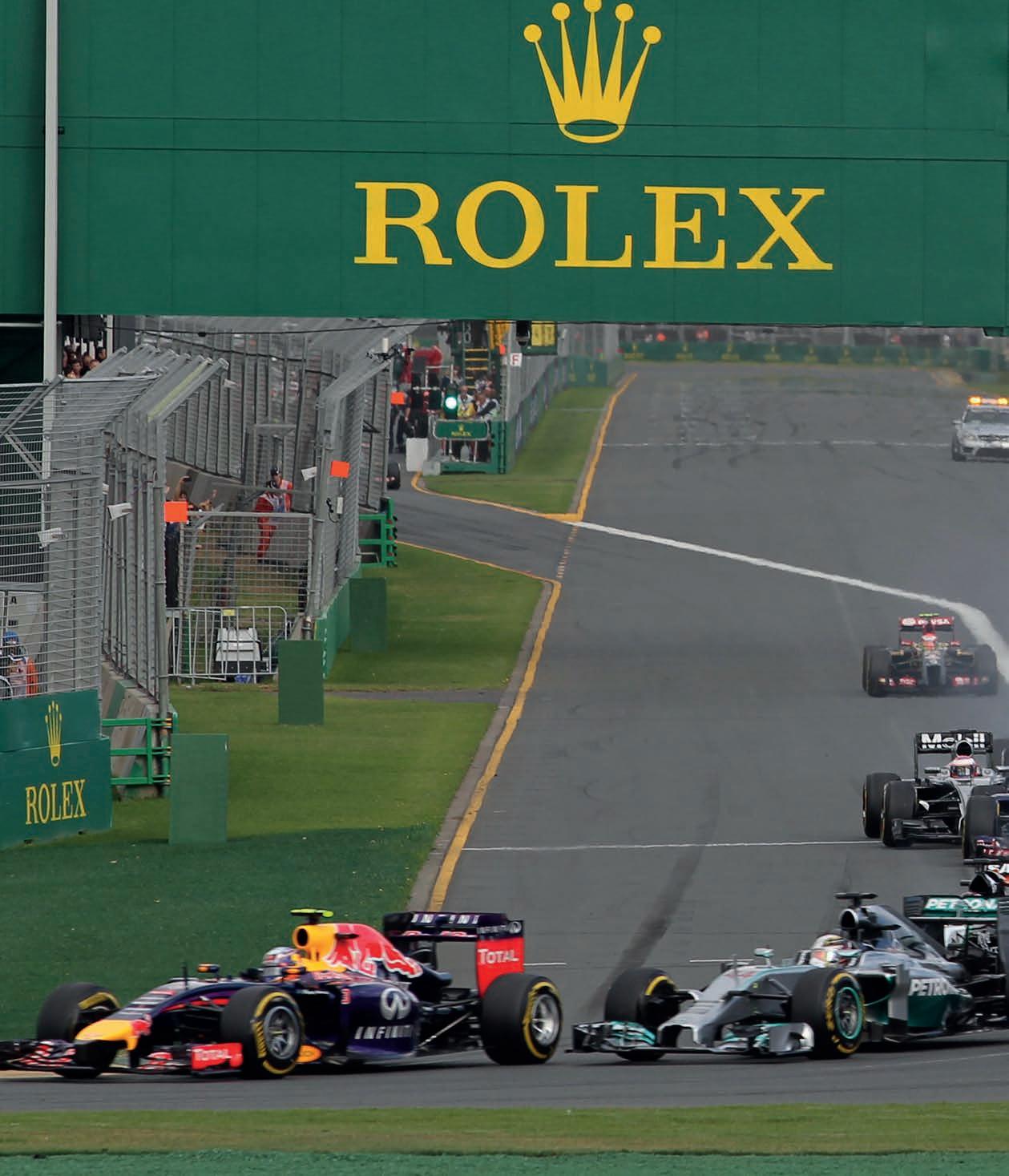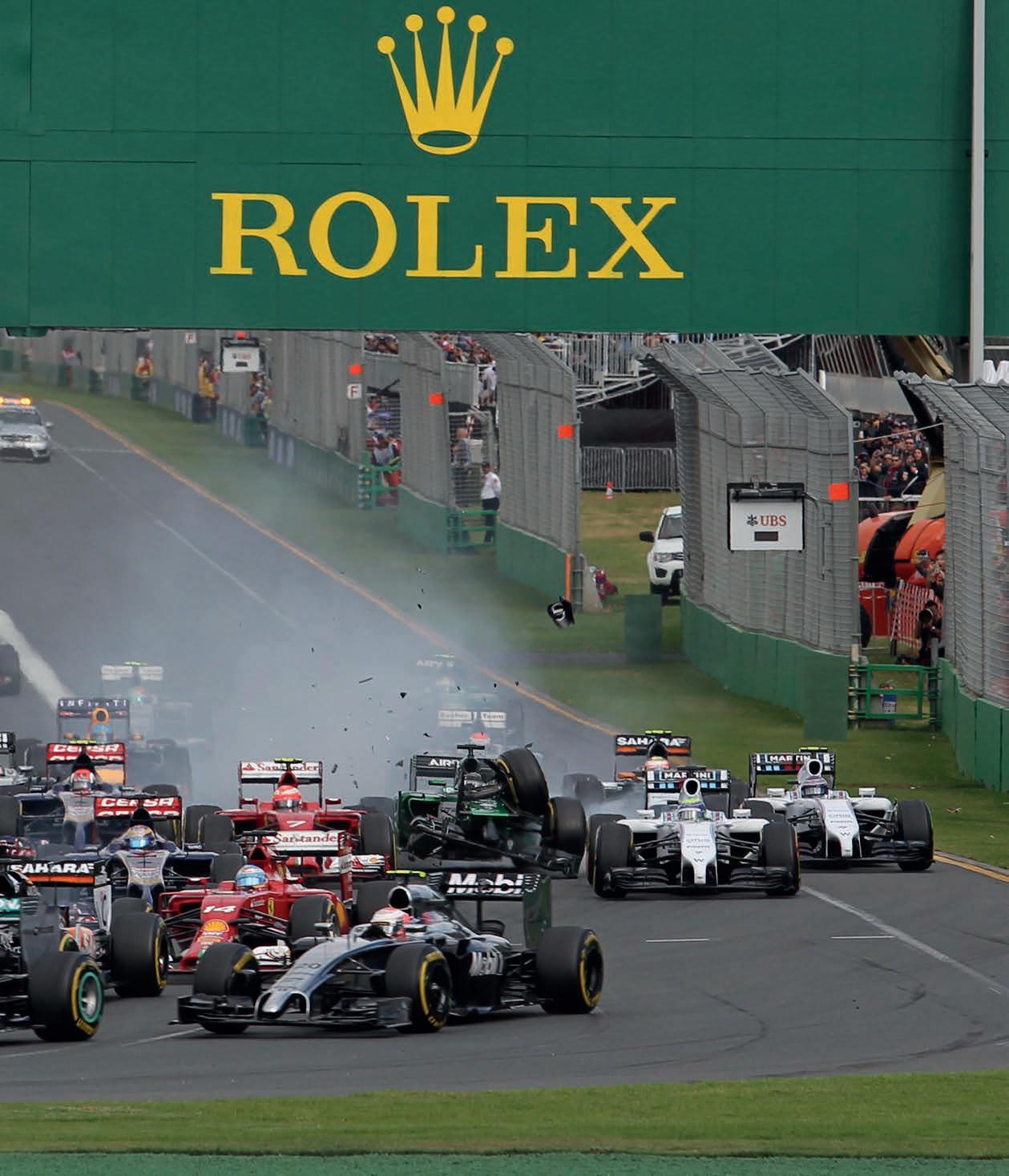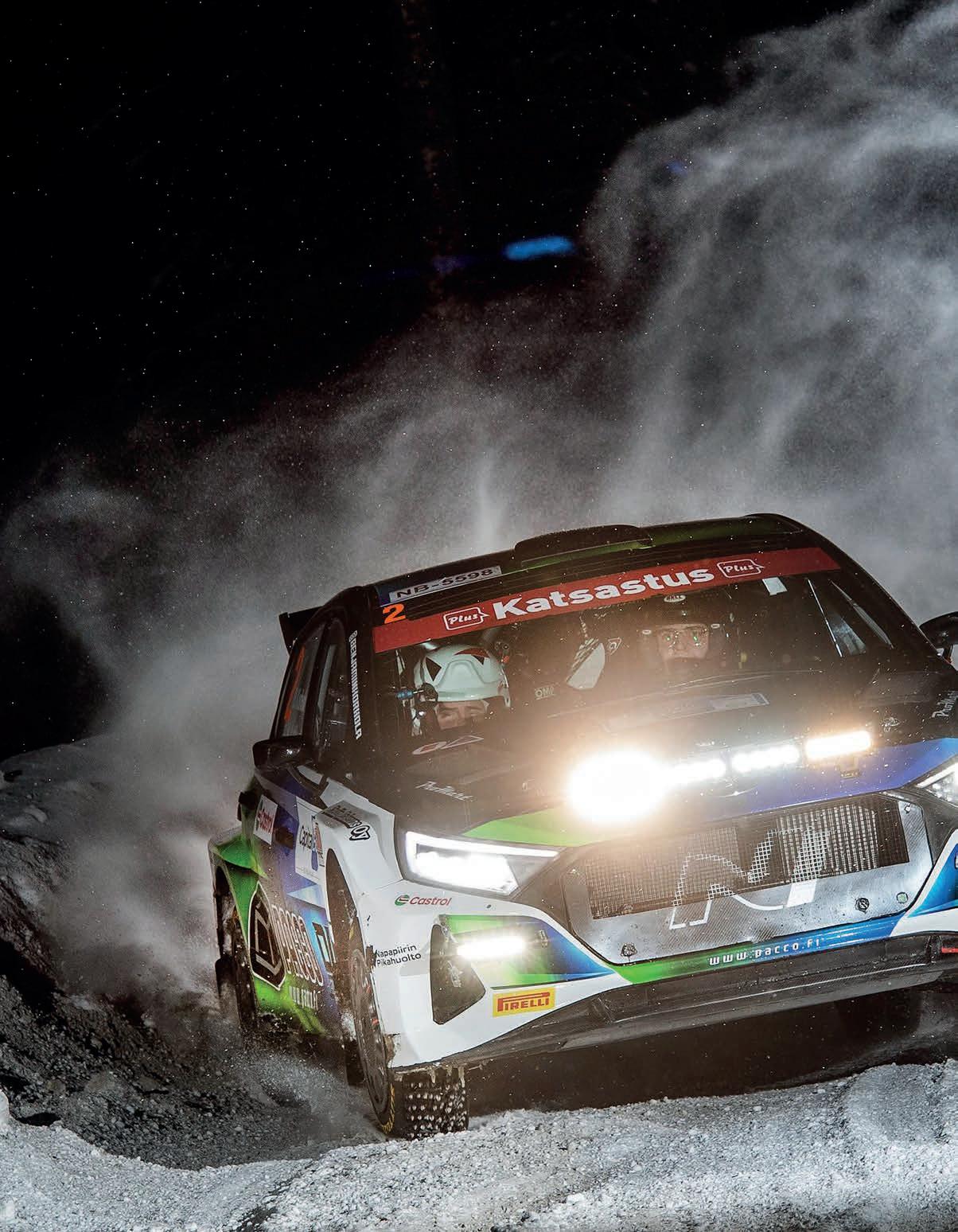

New





















































New


















































After much speculation, Peugeot has taken the wraps off its updated version of the 9X8 prototype and, as predicted, it has sprouted a rear wing
By ANDREW COTTON
The rules have changed during what has been a turbulent period for the FIA and ACO, and Peugeot was unable to react as quickly to the changes as its arch rival, Toyota
Isotta Fraschini is the latest Hypercar to enter the FIA World Endurance Championship, reviving a legendary name in a modern world
By ANDREW COTTON


Looking through the list of manufacturers competing in the FIA World Endurance Championship this year, it’s an impressive array of some of the biggest names in the motoring world. Ferrari, Toyota, Porsche, Peugeot, BMW and Lamborghini, to name just a few. There is one name that sticks out from all the others, though, and that’s Isotta Fraschini.

This lesser known car company is currently experiencing what might be termed a second wind. Originally formed in 1900 by Cesare Isotta and brothers Vincenzo, Antonio and Oreste Fraschini, it went racing for the first time in 1907 and then later went on to produce luxury road cars. However, by 1949, the company had stopped making cars and instead focused on trolley buses, having merged with engine manufacturer Breda.
During the 1990s, efforts were made to revive the road car side of the business but, after a few false starts, the company filed for bankruptcy in 1999. That should have been the end of Isotta Fraschini, but things started to move again when the FIA and ACO’s top category for endurance racing, Hypercar, was gaining momentum.


The two governing bodies decided that manufacturers ‘of sufficient reputation’ should be able to enter cars, and that led to the revival of, for example, the Vanwall name through ByKolles. It also brought Isotta Fraschini back out of the shadows, the name being chosen to adorn the prototype that was being designed by Michelotto.
It wasn’t hard to see why Michelotto wanted in. It hadn’t produced a prototype since the 1990s, when it was involved in the Ferrari 333SP (Michelotto produced 26 of the 40 examples built) but, since then, it has focused on GT racing, working closely with Ferrari to produce the GTE and GT3 cars that competed around the world.
With the regulations making it relatively inexpensive to produce a Hypercar, at least compared to the old LMP1 cars, and with a BoP system in place to prevent ongoing development costs, this was a prime time to build a car and go racing at Le Mans.
However, the size of the task cannot be underestimated. It took Peugeot more than 18 months to provide a competitive car with its 9X8. Ferrari leaned heavily on its
production car and F1 expertise to bring its 499P up to speed, while Toyota has been in the top class for more than a decade, and comfortably won the WEC titles in 2023.
It was also glaringly obvious at the first race of the 2024 season that another niche LMH constructor, Glickenhaus, was absent. Having followed the old adage that to make a small fortune in racing, start with a big one, Jim Glickenhaus had pulled out, preferring to spend his money on other projects that were more relevant to what the company sold on the road, and new technologies such as hydrogen.

There were raised eyebrows at the Qatar race in March when the Isotta Fraschini Tipo 6 LMH Competizione qualified four seconds off the pace, and then raced with a threesecond gap to the front-running cars.
Eventually, the vehicle retired in the fifth hour when a suspension mounting broke.
The project had already courted controversy when the Duqueine team was appointed to run the car after an initial deal with Vector Sport fell through. British squad Vector had been in line to run the car, but was replaced shortly after the programme received its entry to the 2024 season.


Bouyed by the FIA and ACO’s enthusiasm for manufacturers of sufficient reputation, Michelotto revived an Italian motorsport brand that hasn’t raced for over 100 years



Formula 1 has been racing with hybrids for a decade now, but a new era begins in 2026. Racecar spoke to FIA single seater director, Nikolas Tombazis, to find out what we should expect under the new engine regime
By CHRISTIAN MENATH
The FIA has recommended that the World Rally Championship drop hybrid powertrains for 2025 with a view to a new rule set for 2026. The FIA’s David Richards and Andrew Wheatley take us through the plans
By ANDREW COTTON

Hybrid powertrains were introduced to the FIA World Rally Championship (WRC) in 2022, at the behest of the manufacturers who felt they needed to race what they sold for the road. However, following a decision to closely examine what is needed to make the WRC sustainable for the future, that decision has been undone, and from next year the cars will revert to non-hybrid status.
The focus is very much on sustainability, not only from a technical perspective but from a sporting one, too. Dropping hybrids means Rally1 cars will be less costly to buy, cheaper to run and the gap to the slower Rally2 machinery will be closed, allowing the manufacturers involved in that class to more easily make the step up.
Taken in isolation, dropping hybrid is a shock to the system. The WRC is midcontract with official supplier, Compact Dynamics, and the manufacturers are not selling fewer hybrid road cars, so on the face of it, it seems to be a rushed call.
Not so, says FIA Foundation chair and former Subaru rally team boss, David Richards. This is the first step in a major re-think of rallying, and a crucial move towards fulfilling the FIA’s mandate to improve grass roots competition.
Racecar Engineering: What was behind the decision to drop hybrids from the World Rally Championship for 2025?
David Richards: The initiative, or the demand, came from the fans who are all asking what is going on with the world championship, that questioning of it.
And then [FIA president] Mohammed Ben Sulayem said in Baku in December that it’s about time we did something around this.
Robert [Reid, FIA deputy president for Sport] and I put our hands up and volunteered to get stuck in and try to write a report and make some recommendations. We commandeered [FIA World Motor Sport Council members] Gary Connolly and Andrew Mallalieu, and, of course,


supported by Andrew Wheatley [FIA rally director] and Xavier [Mestelan Pinon, FIA chief technical and safety officer].
We said, let’s just do something quickly. We can’t just sit around and let things carry on as they are without putting some proposals on the table.
We looked at all sorts of things; we had a complete look at the whole process. We didn’t just say, do we need hybrids? Or what are we going to do for Rally2? We asked, what’s important about the World Rally Championship? What are the key aspects of it that we need to protect and ensure for the future? What are the demands of promotion and marketing that we’re not doing today?
And then finally, on the technical side, where are the car manufacturers going? What are their requirements? How do we encourage greater participation at the top level?

It was a holistic look; it wasn’t just an issue about hybrids.


‘The point with these demonstrators is to take those shackles off and just let physics be your rule set. Go as hard as you can, until the limit of physics prevents you from going any further’
Sriram Pakkam, lead engineer on the Transit 4.2 project at Ford Performance
